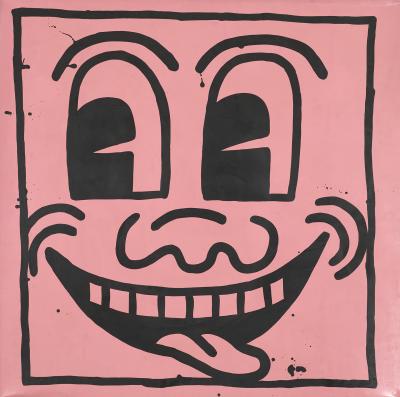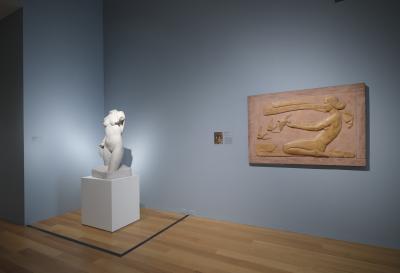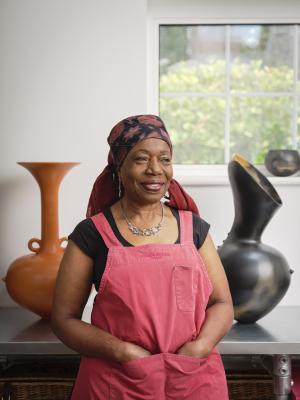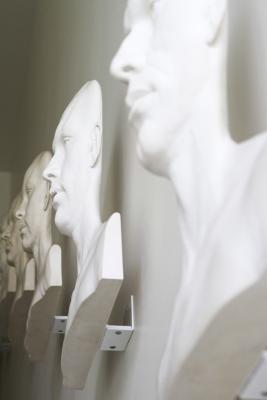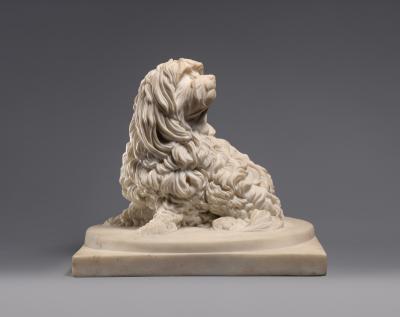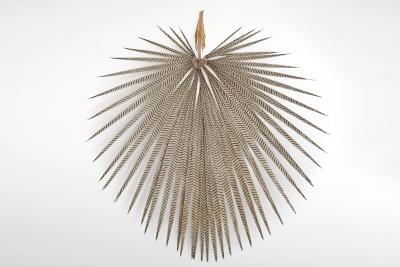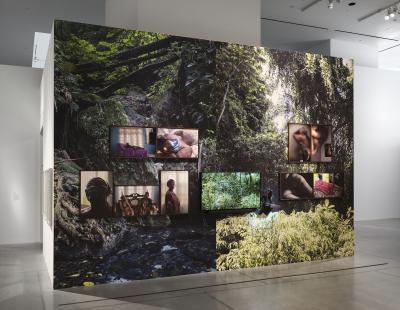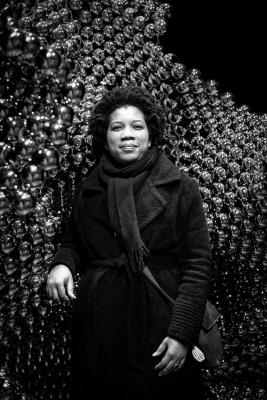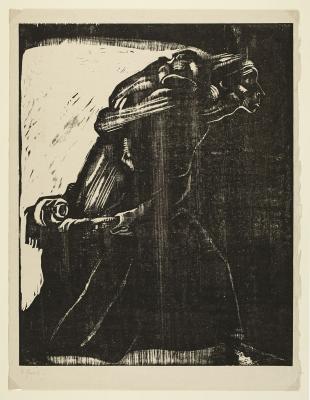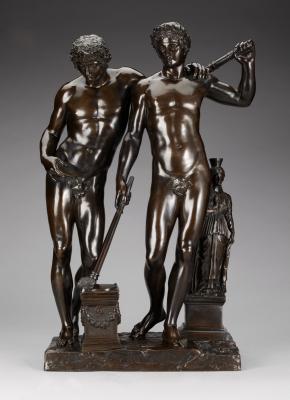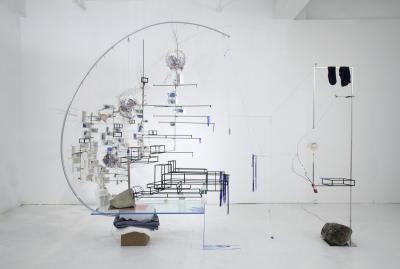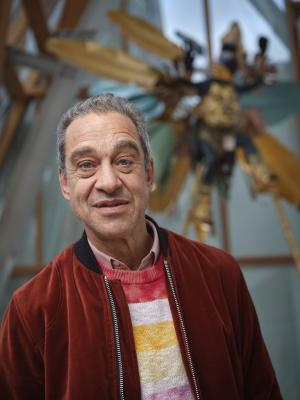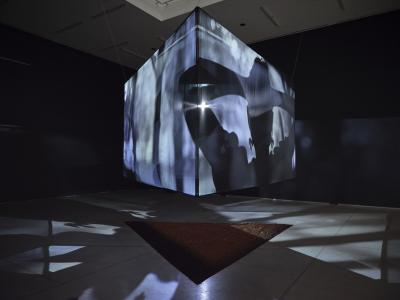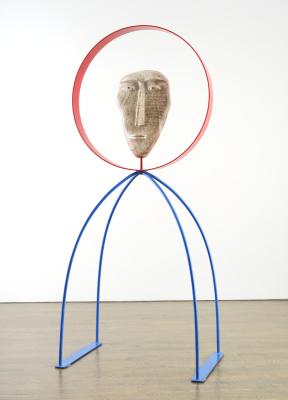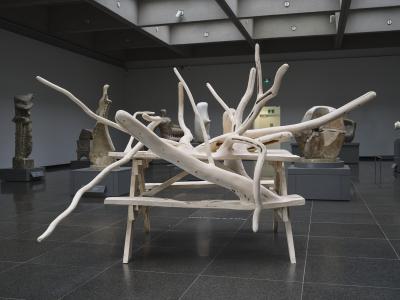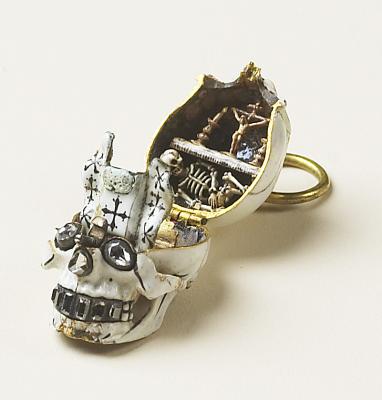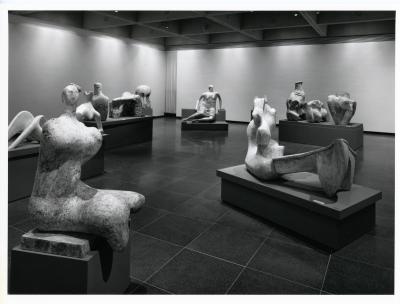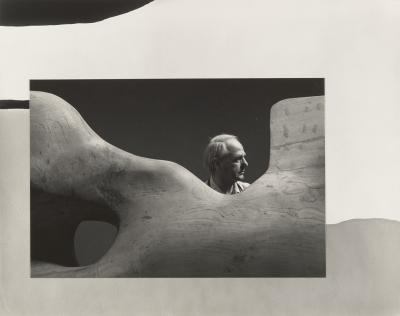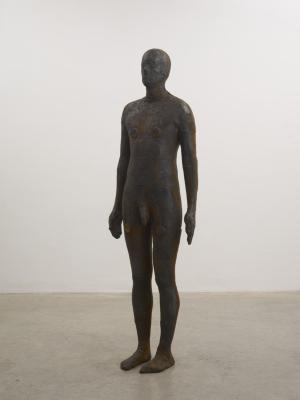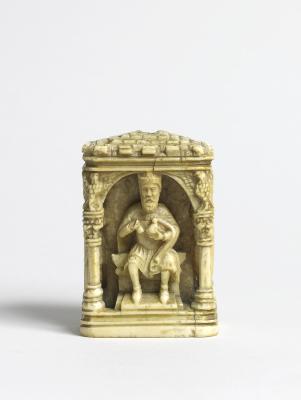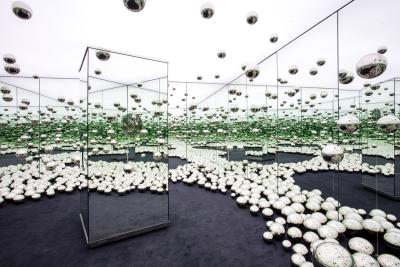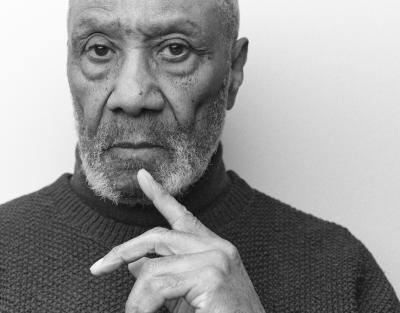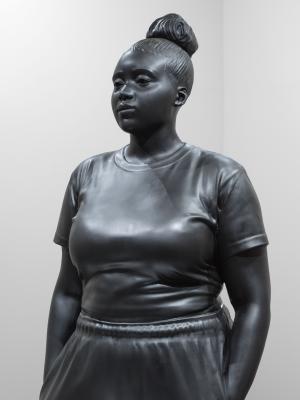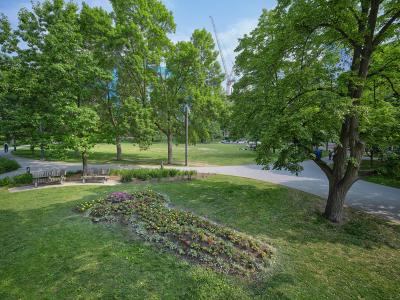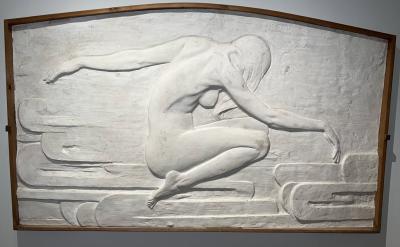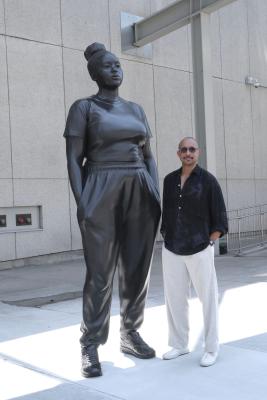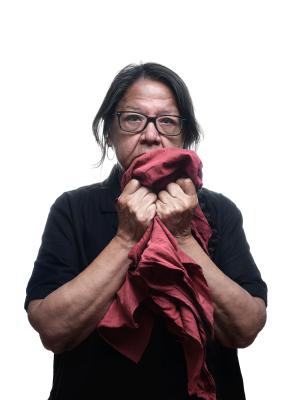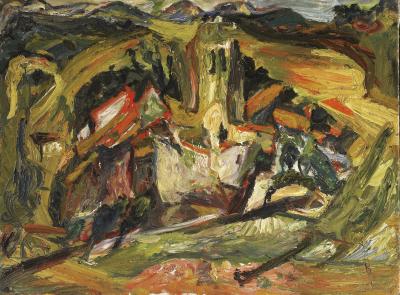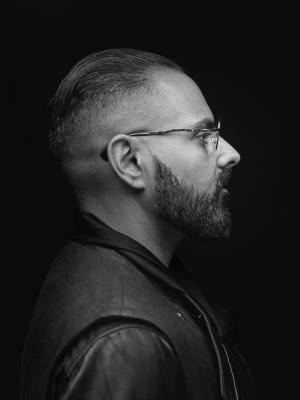Faye HeavyShield on Creating Beyond Labels and Time
The artist discusses her intuitive and personal approach to art for her solo exhibition
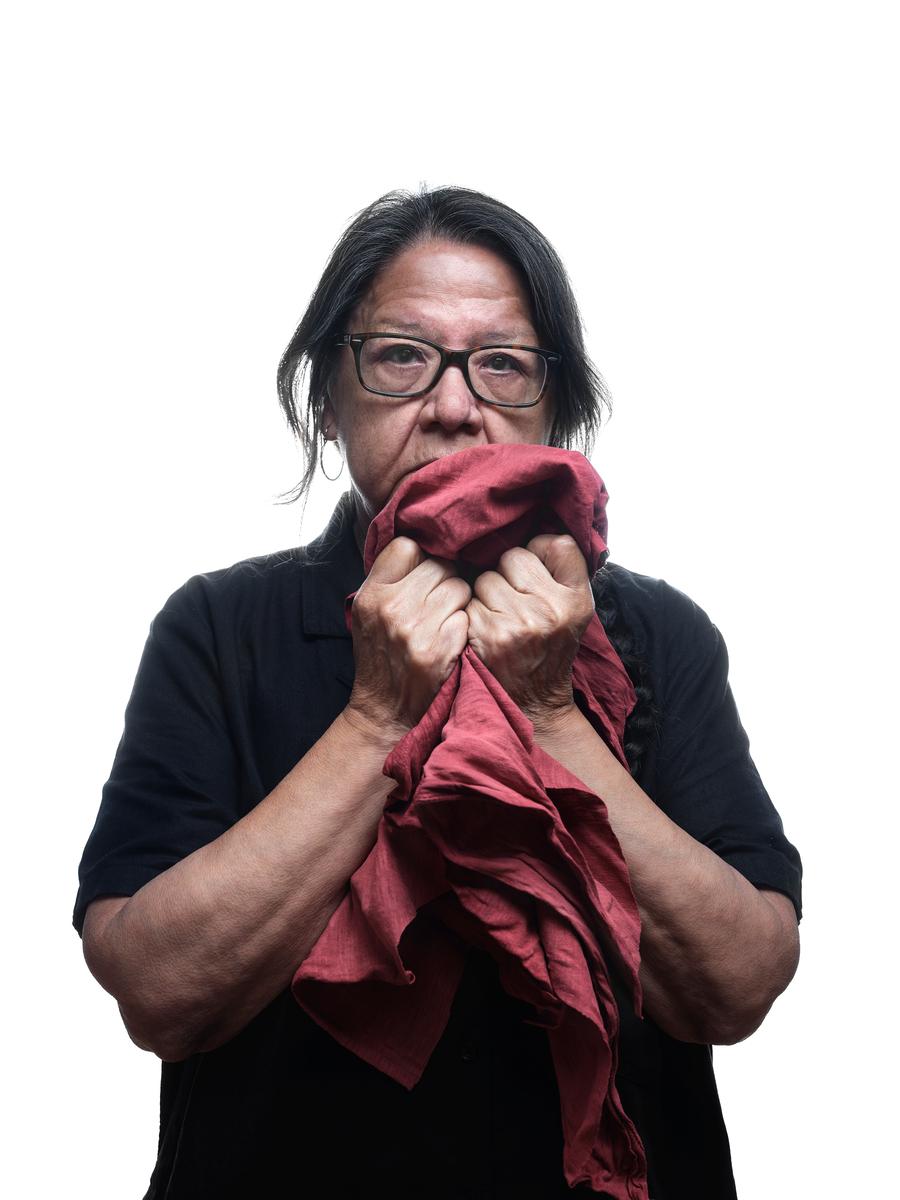
Faye HeavyShield, 2025. Photo: Craig Boyko © AGO.
Faye HeavyShield’s practice is a natural extension of her existence: her identity, hands, memories and surroundings.
The 2021 Gershon Iskowitz Prize recipient, HeavyShield brings her deeply personal practice to the AGO as part of her solo exhibition Faye HeavyShield: Issokawo’taan, now on view on Level 2 of the AGO in the J.S. McLean Centre for Indigenous & Canadian Art. Featuring three works by HeavyShield, this exhibition includes a restaging of her 1995-1996 installation Venus as Torpedo (1996/2025). On September 6, the AGO will host a public opening where visitors are invited to join HeavyShield and Georgiana Uhlyarik, the AGO’s Fredrik S. Eaton Curator of Canadian Art, in celebrating the exhibition.
Born, raised, and currently living on the Kainai (Blood) Nation in Southern Alberta, HeavyShield began her artistic career as an adult, studying at the Alberta University of Arts in the 1980s. Over the last three decades, HeavyShield has become a leading contemporary artist in Canada, creating a minimalist approach to sculptures and installations.
Her practice draws heavily from her personal life – her upbringing on Kainai Nation, family memories, and her identity as a Blackfoot and Kainai woman – reflected in the title of the exhibition, which is HeavyShield’s name in Blackfoot. Her work is innately tied to the land, reflecting the prairies and the rolling foothills of Southern Alberta. At the same time, HeavyShield is hesitant for her work to be solely perceived through any label attached to her identity.
“When you know who you are and where you came from, it helps decide where you're going, whether that identity is rooted in being Indigenous or being a woman,’ she explained. “Those are all sort of facets that I think too often get modelled as categories.”
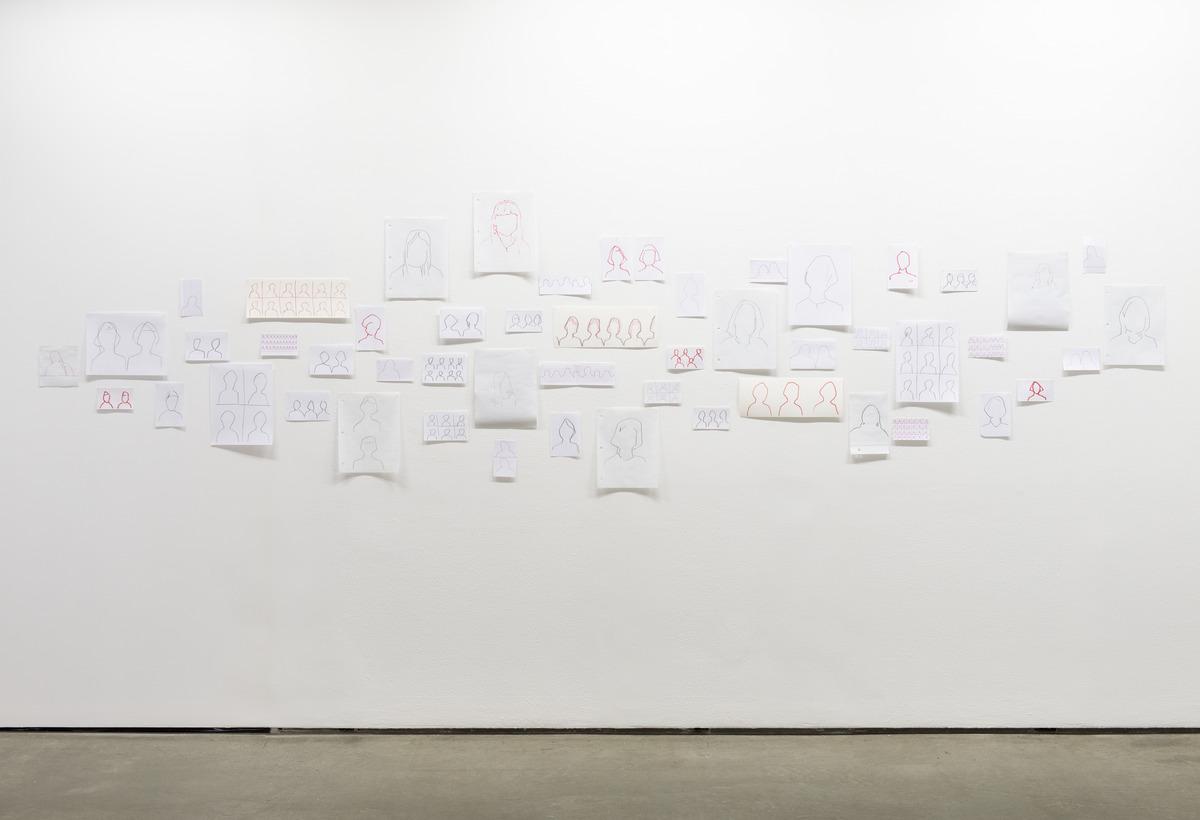
Faye HeavyShield, I’ll know you when I see you, 2021. © Faye HeavyShield. Installation view, Contemporary Art Gallery, Vancouver. Photo: SITE Photography
Working with a range of materials and mediums, language is a notable aspect of HeavyShield’s work. Venus as Torpedo contains an audio recording playing from inside the sculpture, featuring the voices of various women speaking in English and Blackfoot. Among these voices are HeavyShield, reading excerpts from her journal – a resource all three works on view in Issokawo’taan draw from. A cherished part of her practice, HeavyShield first began writing in art school.
HeavyShield has also developed a visual language present throughout her practice. Consisting of spirals, grids, circles and lines, these symbols help HeavyShield express her worldview, including her understanding of time.
“I prefer to see my practice overall as a process, even when it reaches the final stage,” she said. “The language that was building up [in one work], carries over into the next piece, and it’s not linear, so it could go in any direction. That's why I'm very attracted to the spiral and grids – that's a reflection of my feeling about time and my understanding of time. I don't have a linear sense of it.”
In this non-linear understanding of her practice, HeavyShield doesn’t necessarily see the restaging of Venus as Torpedo as a major event. The installation has been modified for 2025, re-recording the voices of women and incorporating new pieces of clothing from loved ones, dyed red and wrapped around the sculpture like in the original installation.
“I'm not much different from when this was being sought out – all the things that went into Venus as Torpedo have stayed, remained and grown,” HeavyShield said. “So much of it is still the same, and so much of it is different, just like anybody who is 30 years older.”
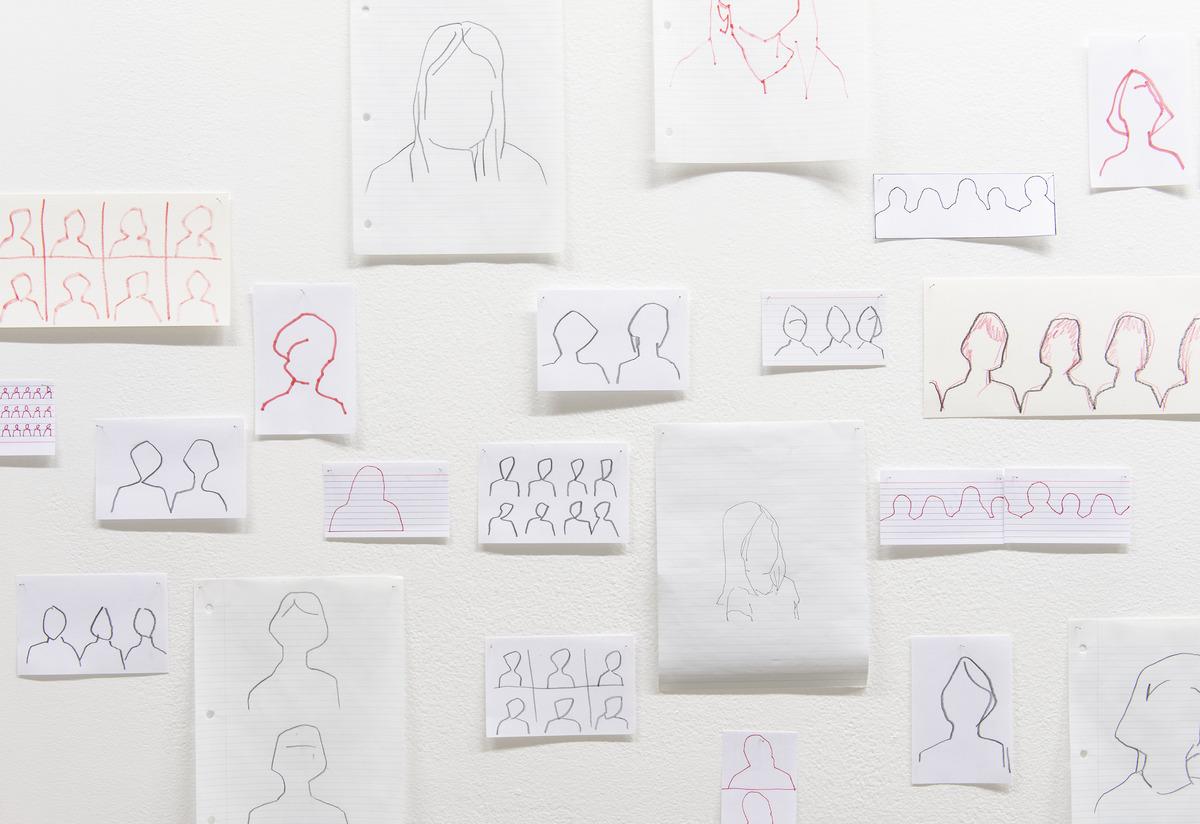
Faye HeavyShield, I’ll know you when I see you (detail), 2021. © Faye HeavyShield. Installation view, Contemporary Art Gallery, Vancouver. Photo: SITE Photography
One thing that has changed for HeavyShield is her added understanding of the shape of the sculpture. Venus as Torpedo emerges out of the Gallery wall, referencing what HeavyShield now understands as the coulees she grew up with, a revelation that came as she returned to this shape in other recent works.
Issokawo’taan is emblematic of HeavyShield’s minimalist approach: there is close to no label text, and each gallery only contains a single work. I’ll know you when I see you (2021 – ongoing) consists of silhouettes drawn on various types of paper and HeavyShield’s writing done directly on the wall. adrift (2025) is a mobile of acetate rectangles, driven by sun and air. In incorporating absence and space, HeavyShield’s works hold a world of possibilities for both the viewer and her as an artist.
Experience the openness of HeavyShield’s work by visiting Faye HeavyShield: Issokawo'taan on view now at the AGO in the J.S. McLean Centre for Indigenous & Canadian Art in the Bennet (229), Ungerman (230), Jennings Young (231) Galleries. On September 6, join HeavyShield and Georgiana Uhlyarik, the AGO’s Fredrik S. Eaton Curator of Canadian Art in celebrating the exhibition.

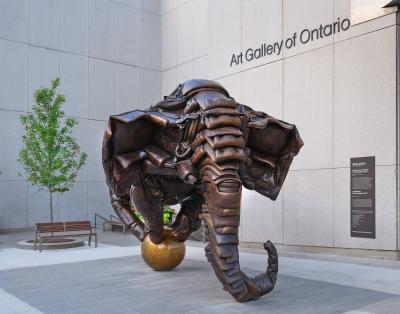
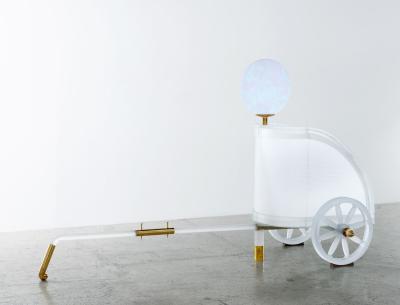
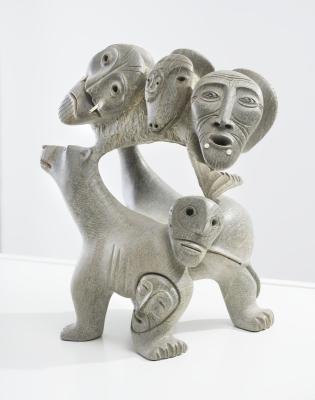
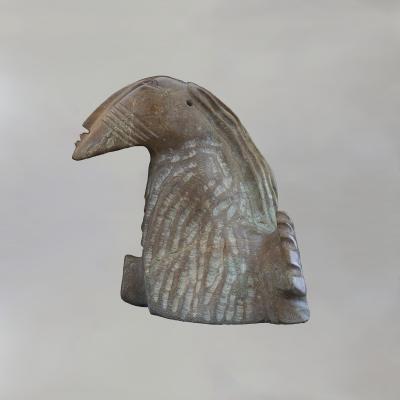

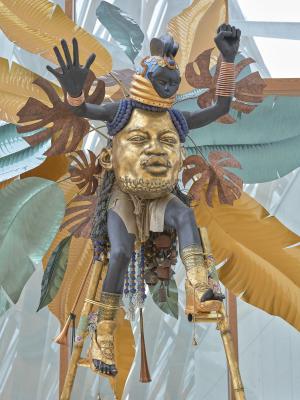
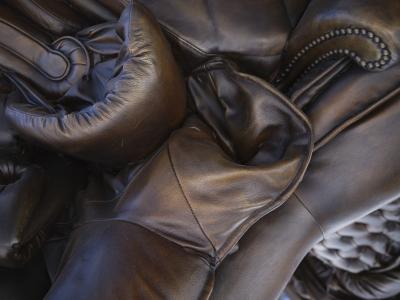
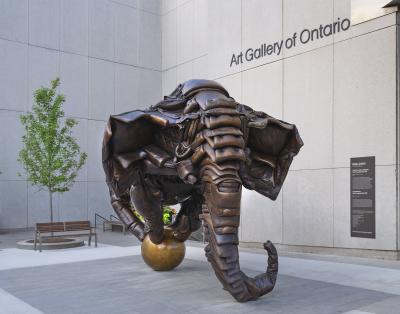
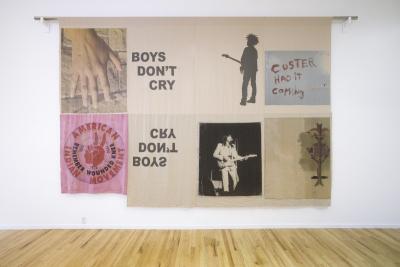
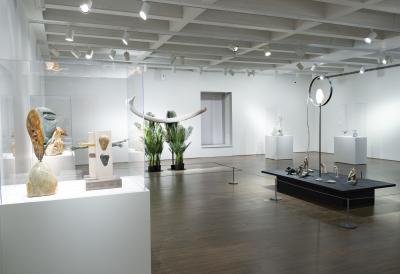
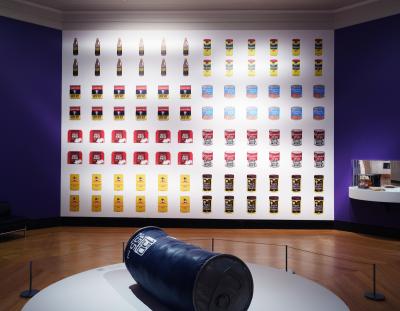

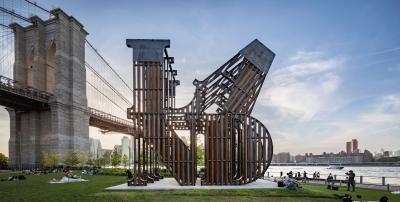
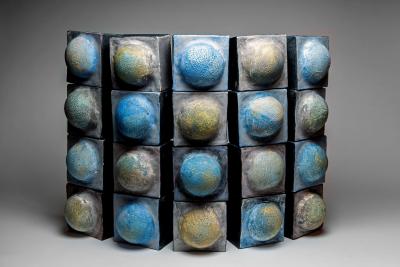
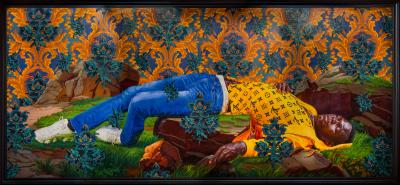
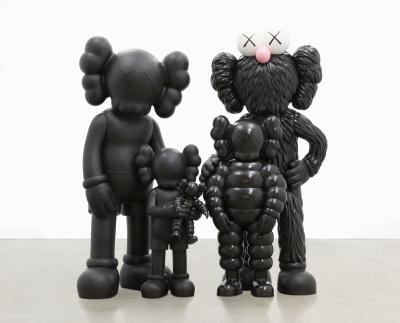
![Keith Haring in a Top Hat [Self-Portrait], (1989)](/sites/default/files/styles/image_small/public/2023-11/KHA-1626_representation_19435_original-Web%20and%20Standard%20PowerPoint.jpg?itok=MJgd2FZP)
